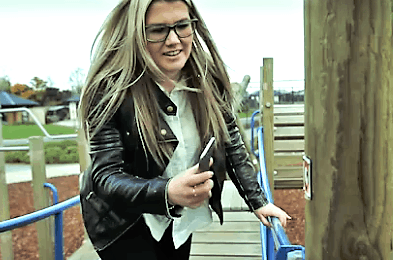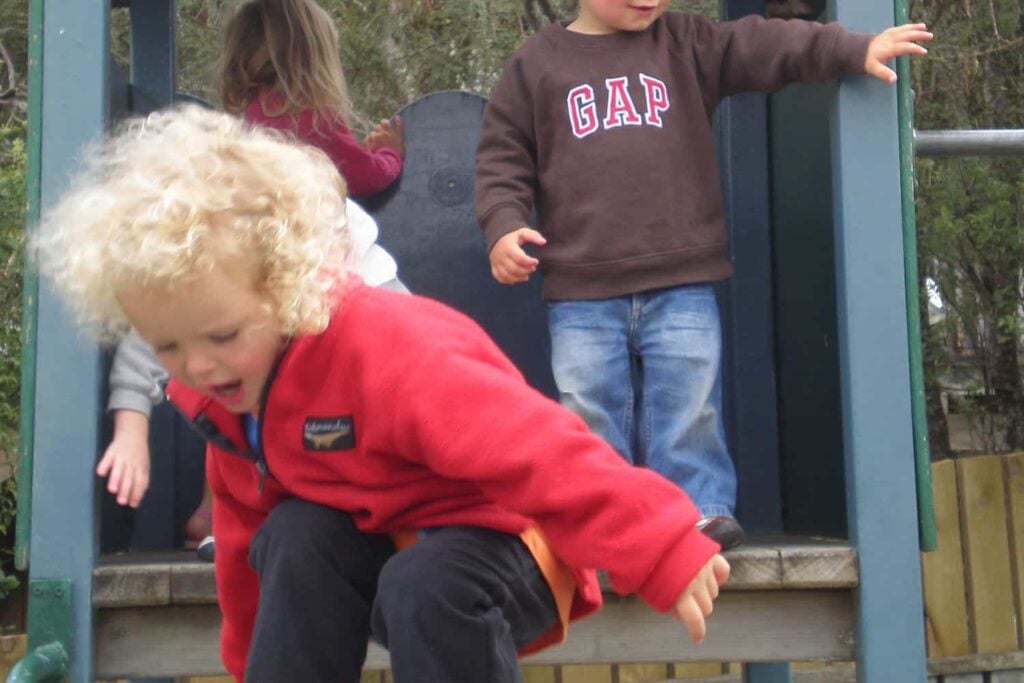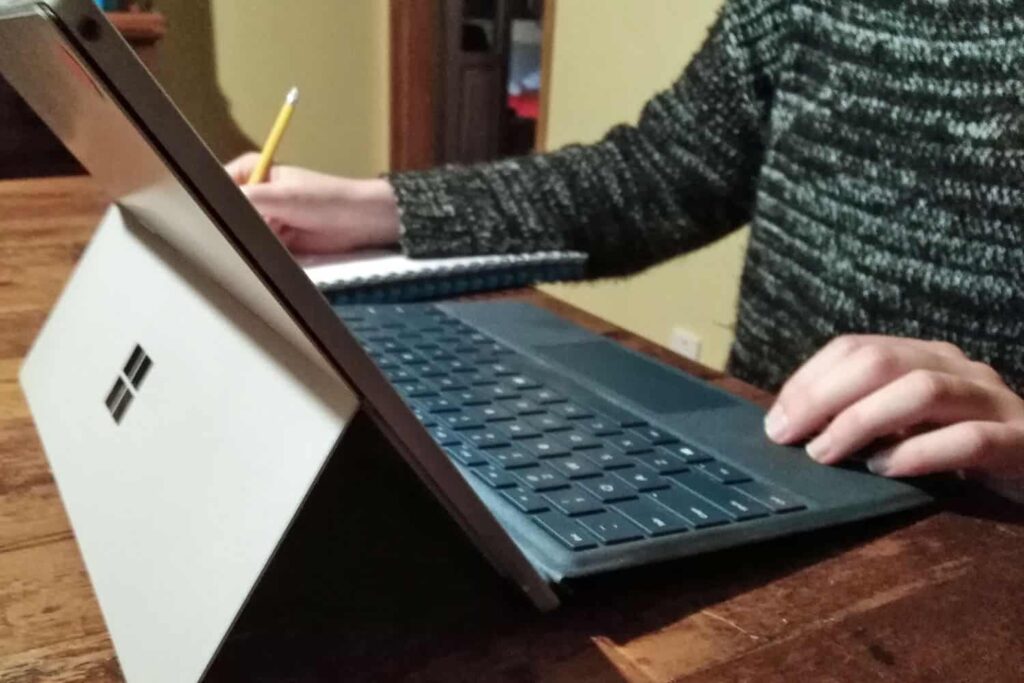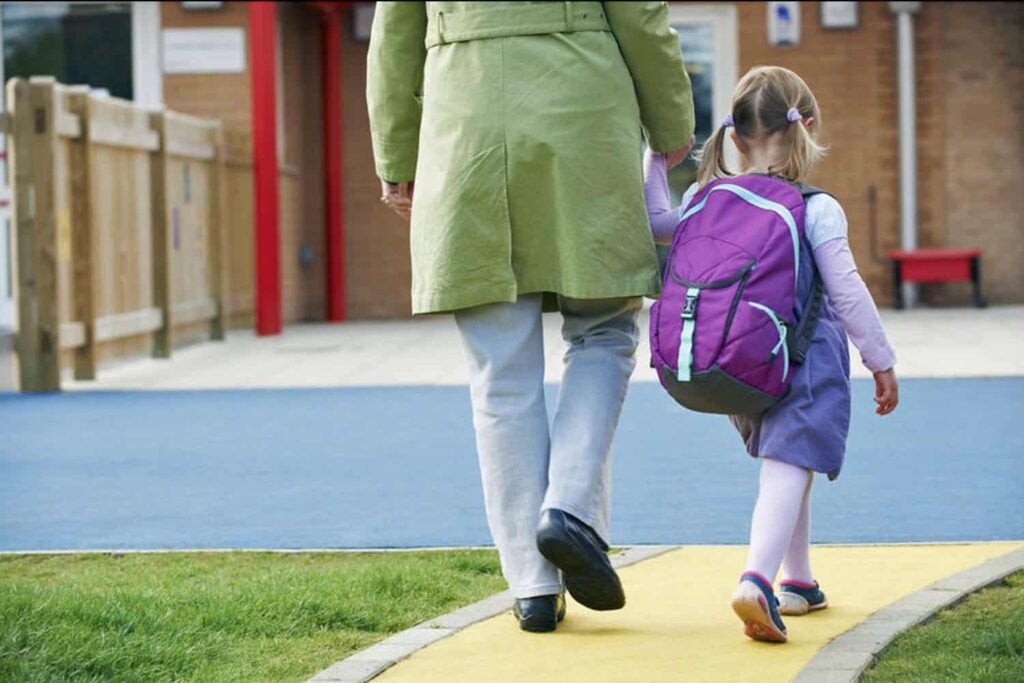Technology subverts free play in public playgrounds subverted by technology.
Sept 12, 2017.
I know we’ve come a long way,
We’re changing day to day,
But tell me, where do the children play?
(Cat Stevens)
Bringing electronic play into public playgrounds for children as young as 3 is anything but smart for children’s development and safety say early childhood experts and parents.
It is hoped that NZ’s first smart public playground in the Selwyn District Council is the last or that if other Councils around the country follow, then smart playgrounds are aimed at children 10 years or older only so that the play of toddlers and young children in playgrounds is not subverted by technology.
At a playground in Rolleston, the Selwyn District Council is reported to have paid an initial $1,500 for a 90 day trail of new Biba mobile technology provided by the Playground Centre Company(1). Augmented reality markers have been placed around the playground on the equipment and scanning a marker with a smartphone app activates games based on imaginary cartoon scenarios.
Dr Sarah Alexander expects this will likely reduce the benefits of playground play for children.
“The challenges of the playground changes from the child mastering the equipment, using their body and getting joy from physical movement toward simple dopamine hits from finding the next pretend creature or getting a token.
“Here you don’t climb a ladder for the physical challenge you climb it for, or as part of, getting an instant reward.”
A research paper authored by two developers of the Biba Software and a researcher on the effects of the mobile based playground games on children’s heart rate reports that children had a higher heart rate during Biba play sessions than during unstructured free play sessions. The authors’ hypothesise that the recorded difference in heart rate could be due to children more often moving hastily because of the games.
Alexander is concerned about children’s safety also.
“When children play they usually do so within their capabilities. But the use of mobile playground technology could push some children to move too fast on some equipment and use the playground in ways they may not be developmentally ready and confident to do. Also when they are moving and looking at the phone at the same time there is increased risk that they will be hit by the swings, that they will fall or trip, or crash into other people.
“Then there is the added factor that screen addicted parents e.g. candy crush enthusiasts may start playing the Biba games through their child, putting pressure on their child to complete the games and challenges and increasing the chances of children injuring themselves and leaving the playground with a less than happy memory.”
Stephanie Pearce, a local Darfield parent of 2 and former children’s nurse doesn’t like how the natural flow of children’s play will be interrupted by the technology.
“A child might go and hide behind a fort and stand there until found. At which point, instead of a big smile and saying ‘hey found you, off you go again’, the parent points their phone at the child and takes a ‘surprise’ or possibly posed photo. The child will then undoubtedly want to view the photo and add the trinkets and tokens, it’s not very active” Pearce explained.
Before playing, children need to check the phone and children can hold others up by stopping to scan, or for their parent or caregiver to scan, equipment markers for new play instructions.
Alexander believes the technology could fundamentally change the purpose that public playgrounds serve.

For toddlers and pre-schoolers community playgrounds are eagerly looked forward to places for unstructured free play and meeting up with other local children. For many parents, caregivers and nannies playground time provides a chance to sit down, chat with other adults, and have some precious timeout time.
“It’s all very well and good saying parents and caregivers will hold the phone. They probably won’t or not for very long. Children will want to hold the phone as it’s their game.”
“If a marker can only be reached, for example at the end of a swinging bridge, the reality is that many parents will probably pass the phone to their child to scan the marker rather than climbing up themselves.”
Getting out of the house and going to public playgrounds is a way that parents can get some technology free play time for their child.
Now not only is screen time brought into children’s physical play in the playground, but the pretend creatures they collect can be saved to be ‘nurtured’ at home (adding further screen time).
Pearce has concerns about the Biba technology targeting children 3 – 9 years and says that this could cause community divisions and turn some parents off taking their child to their local playground.
“It is easy to see that children would view others playing assisted by a phone and want to do it too. This may prove difficult for some parents to manage – making the park an unattractive place to visit.
“It could also strain community cohesion and interpersonal relationships as one parent tries to explain to their child why they don’t want to use their phone in a playground, in front of another doing exactly that,” Pearce said.
Alexander suggests that at the very least there should be a maximum limit of 10 minutes Biba playtime per playground visit and then after that children would need to use the playground in the usual way.
She questions what the future will hold if phone assisted playground play becomes the norm.
“Will the follow-up to this be yet another company selling courses to the Council to teach children how to use a swing? How to play without a cellphone? How to problem solve without a screen telling you where to go?”
Instead of turning playgrounds for toddlers and young children into smart playgrounds, money would be better spent on improvements that reflect the purpose of public playgrounds, such as installing picnic tables for families and making the range, variety and accessibility of playground equipment better for all young children including kids with physical disabilities, Alexander said.
Note that: Last year Auckland Tech Start-up Geo AR Games introduced a game that uses geospatial augmented reality to combine a virtual world with the real world to play in open spaces or parks – not on public playground equipment. The user can run around a park holding a mobile device in front of them while collecting virtual schools of fish and trying to avoid virtual sharks, or play in a prehistoric world and collect dinosaur eggs. It works by geo-location and the ‘Magical Park’ was available for play at Wellington’s Hataitai’s Kainui Reserve, Porirua’s Whitby Adventure Park and Lower Hutt’s Avalon Park.
Further Information
1. Hayward, M. (2017). New Zealand’s first smart playground opens, but some parents aren’t impressed. The Press. Stuff Website. 28 Aug, 2017. The source of the image shown above of a person (a newspaper reporter for The Press) with a cellphone on a swing bridge is the Michael Hayward article.
2. On the Playground Centre’s Company Facebook page comments posted about the new Smart Playground included:
- “Technology gone wrong. Kids shouldn’t need an app to have fun on a playground…”
- “Why would you even think of something like that? Some water, some moveable objects, spades and grass would do more for the children than this playground.”
- “It’s a sad world if kids need phones to be able to have fun at a park!!”
- “Surely this is a wind-up? I wouldn’t be surprised to see it in a city park in a ‘posh’ part of London but NEVER in New Zealand. WHY???!!”
The Playgound Centre replied: “There seems to be a misunderstanding on how the technology works so we’d like to take the opportunity to explain this. The unobtrusive markers attached to the playground can be used by those wishing to try out the smart playground technology however, they don’t inhibit others from enjoying traditional play on the equipment. The purpose of the new smart playground is to provide a new option for parents seeking to find a balance between screen time and outdoor play as recent statistics indicate that 46% of New Zealand children between eight and 12 don’t play every day, and one third of New Zealand, school-aged children are overweight or obese. It’s a new way of getting our children active again in a technology-driven world.”
3. The reference for the research cited in the above article on the Biba playground software is Patten, J.W., Iarocci, G., and Bojin, N. (2017). A pilot study of children’s physical activity levels during imagination-based mobile games. Journal of Child Health Care, 21(3) 292-300








